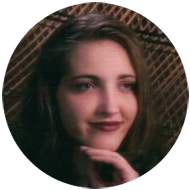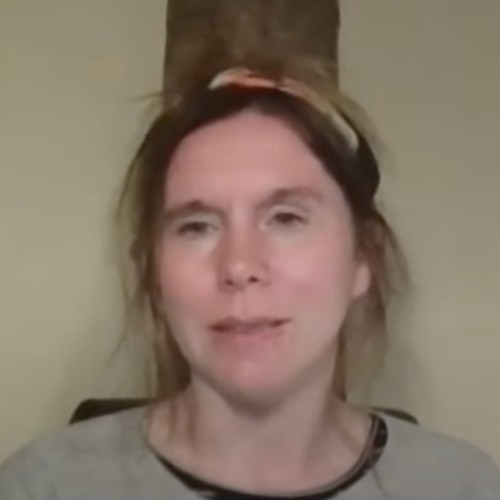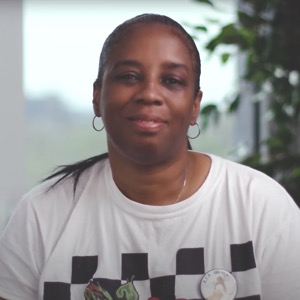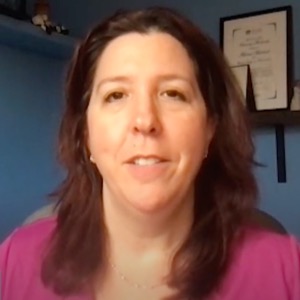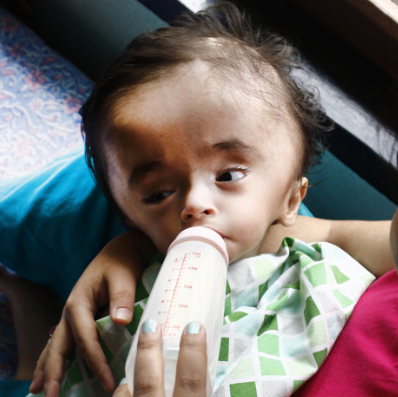Jessica was born with a cluster of heart defects called Tetralogy of Fallot with pulmonary atresia. This caused a condition known as Eisenmengers syndrome, which left her vulnerable to both uncontrolled bleeding and unpredictable blood clots. When she was born, the pediatrician didn’t detect her abnormality before we left the hospital. This is perplexing given the severity of her condition, but athey didn’t have newborn pulse-oximeter monitoring and she was not blue, as babies with heart defects often are. At her six-week checkup the nurse practitioner noticed something was wrong and scheduled an appointment with a pediatric cardiologist. Heart catheterization confirmed the heart defect.
She developed pulmonary hypertension early on, but had a fairly normal childhood with regular exams and two palliative surgeries. She was worked up for a possible heart transplant in 1993, then several years later was taken off the transplant list because her doctors were concerned about the mortality rate of the procedure. They said she had compensated for her defect with numerous collateral vessels. Throughout late childhood and early adulthood she was followed by the same pediatric cardiologist, who was an expert in her condition.
In February 2004, at age 23, Jessica was hospitalized with a urinary tract infection and pneumonia. She continued to have a severe cough and was unable to clear her lungs. Continuity of care was lost because she could not be admitted to the children’s hospital where her cardiologist was in practice.
By September 2004 she had been hospitalized four times in the adult hospital. She began coughing up blood, was hospitalized and released home. A few hours later she began coughing up blood again. She was Life-Flighted back to the hospital, released again, and was home until October 16th. This time she had a massive hemorrhage from an aneurysm in her lung. She was intubated by Life Flight. Because long-term oxygen therapy can create serious problems in patients with her condition, I asked them to extubate her once they got to the hospital.
The doctor at the adult hospital refused to extubate her and days later after many tries he was still unable to wean her off the ventilator. The pediatric cardiologist was out of town. Eight days after Jessica had been intubated, he returned and treated the aneurysm by occluding the blood vessel, but she was unable to come off the ventilator or breathe on her own. The doctors did not hold out hope for a positive outcome. We agreed to let her be extubated, and she then died.
The doctors at the adult hospital had a hands-off approach to Jessica and this caused a delay in care. If Jessica’s CT scans and numerous x-rays had been read by someone qualified in pediatric cardiology, they should have been able to diagnose the aneurysm in April, six months before her hemorrhage. A treatment plan might have given her a positive outcome. I guess I met with the doctors too soon after she died. I was grieving and emotional and did not get my questions answered in an effective manner. This still leaves me confused. I had no apology, not even from her cardiologist of 11 years who knew her risks well and did not act.

